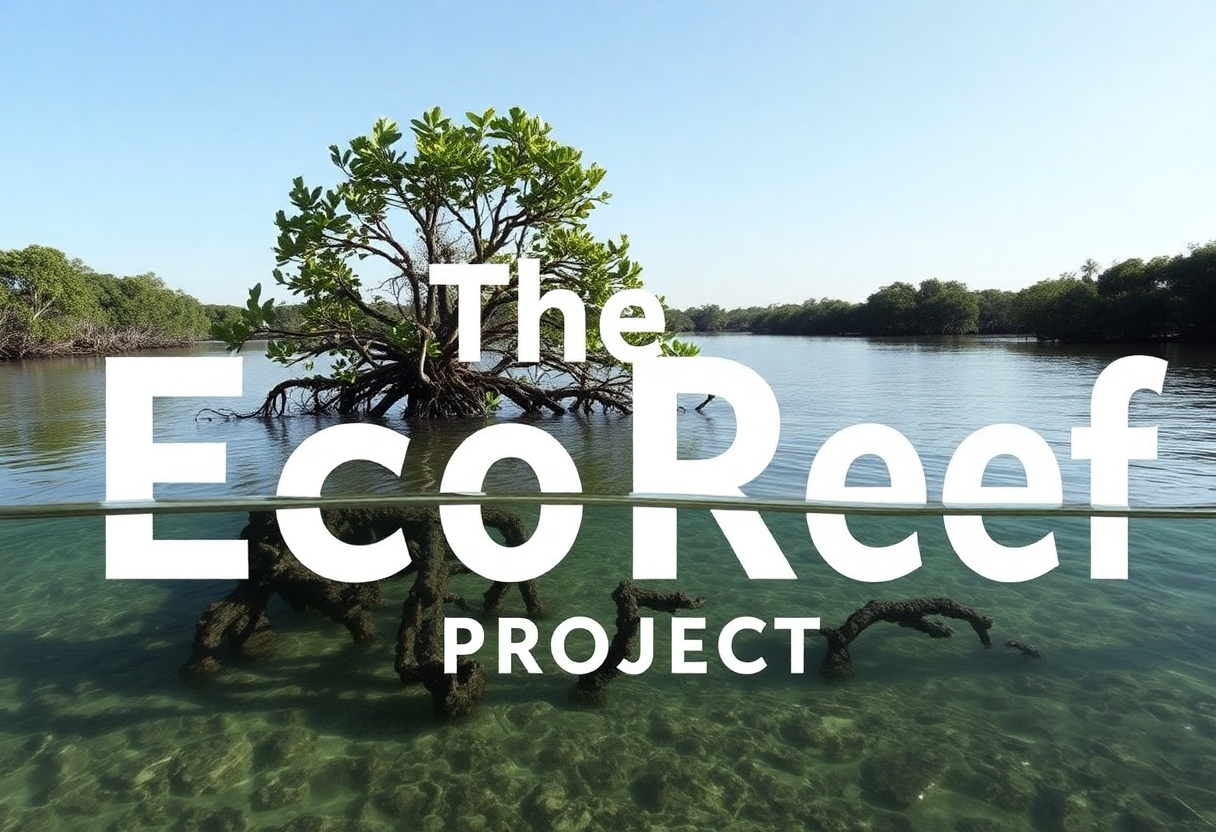Suicide Sad Urban Communities Harsh Hurtful Complex Loss Of 1 Life

The Ripple Effects of Suicide on Urban Communities
Suicide, a tragic and complex issue, touches the lives of countless individuals and leaves an indelible mark on urban communities. Its impact extends beyond personal grief, influencing the environment, culture, and overall well-being of a city.

Personal Impact
On a personal level, suicide devastates families, friends, and acquaintances. The grief and trauma experienced by survivors can lead to long-lasting emotional and psychological effects. This personal tragedy often creates a ripple effect, leading to increased anxiety, depression, and even suicidal ideation among those left behind. The loss of a loved one can also strain relationships, disrupt family dynamics, and impact the overall mental health of the community.
Environmental Impact
While the direct environmental impact of suicide might not be immediately apparent, it can indirectly affect urban environments. For instance, high suicide rates can lead to an increased demand for mental health services, placing a strain on healthcare systems and resources. Additionally, the emotional toll on first responders, healthcare workers, and social workers can result in burnout and reduced efficiency in their roles, further impacting the community’s overall well-being.

Cultural Impact
Culturally, suicide can challenge and change the narrative within a community. It can bring about a heightened awareness of mental health issues and the importance of addressing them. However, it can also perpetuate stigma and silence around the topic, making it difficult for individuals to seek help. Communities may struggle to balance the need for open conversations about mental health with the desire to respect and honor those who have passed away.
The Need for Increased Mental Health Care
Given that mental health issues are often not far removed from what many consider “normal” stress and anxiety, it’s essential to recognize the importance of early intervention and comprehensive mental health care. As times change and new stressors emerge, the risk of mental health issues and suicide may increase. Therefore, cities must prioritize mental health initiatives, increase access to mental health services, and foster supportive environments where individuals feel safe seeking help.

The Unspoken Struggle
One crucial aspect of suicide that often goes unspoken is the idea that the worst moments might not occur when someone is at their absolute lowest, but rather during a lapse when they have just enough energy to act on their thoughts. This can make it incredibly difficult for individuals to ask for help, as the window of opportunity to reach out can be fleeting and the pace of life can make it challenging to find a moment to seek assistance.
It’s important to understand that while today might be bad, tomorrow could be even worse for someone struggling with suicidal thoughts. The rapid, often overwhelming nature of these feelings can make it seem impossible to ask for help. In these moments, it becomes essential for individuals to hold on and find a way to survive. This might involve identifying personal reasons to keep going, finding small yet significant anchors, or focusing on building resilience.
Suicide may not always occur when someone is at their lowest point, as they might lack the drive or energy to act. Instead, it can happen during a lapse when they have just enough motivation to follow through. It’s during these times that individuals need to fight and stop themselves from taking irreversible actions.
For many, calling for help or asking for support may feel impossible, particularly when the moments of crisis come and go so quickly. Therefore, it’s vital to find relevant points to hold on to and remember that survival is a continuous effort. The journey is undoubtedly challenging and fast-paced, but holding on and fighting through those moments can ultimately save lives.

The Speed of Suicide
The speed at which suicidal thoughts can escalate into actions is often underestimated. In many cases, the transition from ideation to action can happen in a matter of moments. This rapid progression can catch individuals and their loved ones off guard, leaving little time to intervene. The swift nature of these thoughts underscores the importance of immediate and accessible mental health support.
For those experiencing suicidal thoughts, the urgency to act can feel overwhelming. The mind can become a whirlwind of emotions, making it difficult to think clearly or rationally. This is why it’s crucial to have coping mechanisms and support systems in place before a crisis occurs. Building resilience, identifying personal anchors, and having a plan for moments of crisis can make a significant difference.
It’s also important to recognize that the speed of suicidal thoughts can vary from person to person. Some may experience a gradual build-up, while others might face sudden and intense urges. Understanding this variability can help communities and mental health professionals tailor their approaches to support individuals more effectively.

Suicide vs. Suicidal Tendencies
It’s essential to distinguish between suicide and suicidal tendencies, as they are different issues that can escalate into one tragic outcome. Suicidal tendencies refer to thoughts, feelings, or behaviors that indicate a person is considering or planning suicide. These tendencies can manifest in various ways, such as expressing hopelessness, withdrawing from social activities, or engaging in risky behaviors.
People close to someone with suicidal tendencies may never know the extent of their struggles until it is too late. The signs can be subtle, and individuals may go to great lengths to hide their pain. This is why it’s crucial to foster open communication and create an environment where people feel safe discussing their mental health.
Suicidal tendencies can escalate to suicide when the individual reaches a breaking point. This escalation can happen quickly, and the person may not have the opportunity or ability to ask for help. It’s important to recognize that those experiencing suicidal tendencies may not always be able to articulate their need for support. Therefore, it’s vital for friends, family, and communities to be vigilant and proactive in offering assistance.

Does Talking About Suicide Work?
The effectiveness of talking about suicide can vary greatly depending on the individual’s personal state and their ability to communicate their feelings. For some, discussing their most personal concerns can be incredibly challenging. It’s not easy to find someone who can genuinely understand and be trusted with such intimate thoughts. The idea of opening up about these feelings can feel like an insurmountable task, especially when shame and concern are involved.
It’s a brave act to try and talk about suicide, but it’s also a complex one. For a mind already overwhelmed with thoughts and worries, the notion of sharing these burdens can seem more like a mental maze than a straightforward conversation. The power of thoughts should not be underestimated; they can shape perceptions and make the process of opening up feel even more daunting.
However, it’s important to recognize that talking about suicide can be a crucial step in finding relief and support. While it might not be easy, the act of expressing one’s feelings can help in understanding them better and finding ways to cope. It’s about finding the right moment and the right person to confide in, someone who can offer genuine support without judgment.
The journey of opening up about suicidal thoughts is deeply personal and requires immense courage. It’s about taking small steps towards healing and finding strength in vulnerability. Remember, thoughts are powerful, and they can either keep us trapped or help us break free. Seeking help is not a sign of weakness but a testament to one’s strength and will to survive.

Public Perception of Suicide
The public perception of suicide as a sign of weakness is a major misunderstanding and a harmful standpoint. This misconception often stems from individuals who lack understanding or empathy towards mental health issues. Such views can be incredibly damaging, as they perpetuate stigma and discourage those in need from seeking help.
People who view suicide as a weakness often do not count or care in the realm of mental health. They may not understand the depth of pain and struggle that individuals experiencing suicidal thoughts endure. Their lack of awareness and empathy can hinder efforts to provide support and create a compassionate environment for those in crisis.
It’s important to challenge these misconceptions and educate the public about the realities of mental health. Suicide is not a sign of weakness; it is a complex issue that can affect anyone, regardless of their strength or resilience. By fostering a more informed and empathetic society, we can create a supportive environment where individuals feel safe to seek help without fear of judgment.
Public perception plays a significant role in shaping the mental health landscape. When people understand that suicide is not a weakness but a serious mental health issue, they are more likely to offer support and compassion. This shift in perception can lead to better mental health outcomes and a reduction in the stigma surrounding suicide.

The Fallacy of “It Will Never Happen to Me”
A common misconception is the belief that one will never face suicidal thoughts or tendencies. This notion is often based on the assumption that mental health struggles happen to “others” and not to oneself. However, the reality is that life changes quickly and unpredictably, and no one is immune to mental health challenges.
The world around us is constantly evolving, bringing new stressors and pressures that can affect our mental well-being. Sudden life changes, such as loss, trauma, or significant stress, can push individuals into mental health crises they never anticipated. It’s important to acknowledge that mental health is a spectrum, and anyone can find themselves struggling at any point in their lives.
Dismissing the possibility of experiencing suicidal thoughts can lead to a lack of preparedness and understanding. It’s crucial to maintain an open mind and recognize that seeking help is a strength, not a weakness. Building resilience, staying informed, and fostering a supportive community can make a significant difference in how individuals cope with mental health challenges.
By understanding that mental health issues can affect anyone, we can create a more compassionate and proactive approach to support and prevention. The key is to remain vigilant, empathetic, and ready to offer help when needed, knowing that the journey towards mental well-being is ongoing and ever-changing.

Supporting Someone with Mental Health Concerns
If you suspect that someone you know is experiencing mental health concerns, it’s important to approach the situation with gentleness, care, and empathy. While your intentions may be to help, it’s crucial not to overdo it. Being yourself, using your brain, and being psychologically aware can make a significant difference in how you offer support and how you connect with the person in distress.
If you suspect that someone you know is experiencing mental health concerns, it’s important to approach the situation with gentleness, care, and empathy. While your intentions may be to help, it’s crucial not to overdo it. Being yourself, using your brain, and being psychologically aware can make a significant difference in how you offer support and how you connect with the person in distress.
Being gentle and empathetic means approaching the person with kindness and understanding. Let them know you are there for them without being forceful. Your genuine concern can make a significant difference. Avoid overwhelming the person with too much attention, as it can make them feel pressured or uncomfortable. Finding a balance by being available without being intrusive is key.
Being authentic matters. Show that you care by being yourself and not trying to play the role of a mental health professional. Your genuine concern and presence can be incredibly comforting. At the same time, stay calm and composed while offering support. This helps create a safe space for the person to express their feelings.
It’s also essential to recognize your limits. Understand that you may not be able to fix everything, and that’s okay. It’s important to acknowledge that you cannot save everyone, and some situations may be beyond your control. Focus on being a supportive presence rather than trying to solve all their problems.
Encouraging the person to seek professional help if needed is also important. Mental health professionals have the expertise to provide the necessary support and interventions. Be patient, as healing takes time, and the person may not open up immediately. Consistent support and understanding can help build trust over time.
Creating an environment where the person feels safe and comfortable discussing their feelings can help reduce the stigma associated with mental health issues and encourage open communication. By approaching the situation with care and empathy, you can provide meaningful support to someone experiencing mental health concerns. Remember, your role is to be a supportive presence, not to take on the responsibility of fixing everything. Sometimes, just being there and taking the time to care for someone can make a significant difference.

Conclusion
Suicide’s impact on urban communities is profound and multifaceted. It affects individuals, the environment, and the cultural fabric of cities. By recognizing the importance of mental health care and working to reduce stigma, we can create more resilient communities better equipped to support those in need. As we navigate the challenges of a changing world, addressing mental health must remain a priority to prevent further loss and foster a healthier, more compassionate society.
Through greater awareness, education, and access to mental health resources, we can work towards reducing the incidence of suicide and its devastating effects on our communities.
If you or someone you know is struggling in anyway that becomes harmful, please try and seek help.
Join the Discussion
We invite you to join the conversation about mental health and suicide prevention.
















































































































































